I’m not gonna lie. Going gluten-free isn’t fun. I’m not even going to list all of the yummy foods that I still miss because that would just be torturous for me (and probably you too, if you’re gluten-free).
Are you looking for more tips for going gluten free? I’ve gathered them all together in this Everything Gluten Free page.
When I set my mind to ditch the wheat, it wasn’t easy. I wasn’t even successful the first time. I fell off the wagon and got back on. Then I leaped off the wagon onto a giant pizza. Of course, as long as I was off the wagon, I decided to indulge in all of my favorite gluten-filled foods. I got back on. Then I fell off the wagon again and reveled in all of the foods I wasn’t supposed to be eating.
Eventually though, it took. Eventually, I stuck to it.
Cravings Suck. How Do You Kill Them?
Uncontrolled cravings can lead to binge eating, weight gain, headaches, insomnia, mental fogginess, and irritability. They can increase stress, anxiety, and depression. No fun.
Because you feel terrible when you give up wheat, does that mean you should throw in the towel? Does it mean your body really needs wheat? Nope. It is good. It doesn’t feel good. But it does mean your body is trying to return to a healthy state. This transition period might be uncomfortable, but it’s worth it.
Here are some tips to help you survive wheat withdrawal.
1. Increase Healthy Fats
When you take wheat out of your diet, you’ll likely be taking out a big source of energy for your body. Your body runs well on fat, as long as they are good fats. Be sure to increase the amount of dietary fat when you cut wheat out of your diet. Not only will it help you feel better, it will fill you up and keep you full for longer because you won’t on an insulin roller coaster!
Wheat is metabolized very fast within our bodies, a process that results in changes to our blood sugar and insulin levels. This is why when we eat wheat or refined carbohydrates, we don’t stay full for very long – Our bodies zip right through them. Consuming foods that digest at a much slower rate, such as healthy fats, is what gets us feeling fuller longer. Butter, cheese, avocados, and nuts are great sources of natural, healthy fats.
If you want some good (and easy) ideas to boost your healthy fat intake, check out these 30-minute keto dinner recipes.
2. Water, water, water.
When you cut wheat along with other carbohydrates it helps your body to shed excess water. This is a good thing; you’ll feel less bloated. You’ll likely be experiencing some detox symptoms. It’s very important to stay well hydrated to assist your body in ridding itself of toxins.
Besides helping you on your journey to eliminate wheat, increased water intake has several other health benefits. Drinking the recommended 8 cups of water a day can help aid with digestion, normalize blood pressure and help you regulate your body temperature. In a world where soft drinks and sugary drinks are bombarding us every day, choosing water will always be your healthiest option.
3. Supplement with Real Salt
As your body sheds that water, you’ll also be getting rid of a lot of sodium. Sodium is a crucial component in electrolyte balance. Be sure to use plenty of Real Salt on your food, or even supplement your diet with Re-Lyte, a natural electrolyte replacement. Real Salt is natural salt that has not been processed or bleached, so it’s filled with trace minerals. Wondering why you shouldn’t just use standard table salt, be sure to check out our article: “Table Salt vs. Sea Salt: What’s the Difference?”
While you might not realize it, a lot of wheat bread actually contains a substantial amount of sodium. In addition to supplementing salt because of the increased water intake, it’s also important to ensure you are meeting the recommended sodium intake.
The American Heart Association recommends a maximum sodium intake of 2300mg daily, with even less than this being ideal. Eating a mainly whole foods diet will help avoid extra sodium, but make sure you pay attention to nutrition facts labels as to not overdo it.
4. Distract Yourself
Focus on something that takes your mental energy off of thinking about the foods you can’t eat. Think about something that will take your mind off of food. You can’t simultaneously dream about pasta while your brain is actively engaged in something else.
Starting a new hobby, reading, and volunteering are all great ways to divert your attention away from gluten-filled foods and fill your time with a productive activity. If these options aren’t enough to keep your mind occupied during your difficult days, just remember that Spring cleaning can be done in any season!
5. Don’t put yourself in compromising situations.
Going to a big dinner party right after ditching the wheat might not be the best idea. That is, unless the party is a healthy, whole food, gluten-free party. That means, you might mean you have to say no to some social events for a while. And I’d probably skip trips to the local pizzeria too. 🙂
If you find yourself in social situations that hold a certain obligation (weddings, family gatherings, birthday parties, e.g.) it’s best to prepare as much as possible. Without imposing, ask the host beforehand what the dietary options look like. If there are seemingly too many temptations at your function, ask the host if it would be okay to bring foods that fit into your new diet. And remember to just say no to tempting foods that will undo all your hard work.
6. Focus on foods that you can have
Make a list of all the foods you enjoy that don’t contain wheat and gluten, and focus on enjoying these. Cutting something out of your diet can always be tricky, but remember that there are plenty of delicious foods that you can still have. I always find that making a physical list is helpful in so many situations, as it helps turn your thoughts into something physical we can return to again and again. Having a concrete list of approved and dependable foods can be a great source of motivation.
7. Find a community that understands the shift
One of the best ways to overcome an obstacle is to lean on others for support; Taking on the commitment of going gluten-free shouldn’t be an exception to reach out to others about.
Check social platforms online for social groups with a focus on going gluten-free, and become part of the community. Online communities such as Facebook groups and forums will allow you to connect with others at different points along the same path. Helpful tips, a place to vent struggles and mutual understanding are all things that can help you on your quest to eliminate wheat.
.
What Other Gluten-Freers Say
I asked some blogging friends for their best tips for surviving the carvings and withdrawal symptoms. Here’s what they said:
Stock up on what you can eat that you love:
“List all the gluten-free foods you like and love, and make a plan for meals and snacks. Ethnic foods such as Indian foods are full of delicious choices. And if you get stumped for breakfast or lunch foods, eat some of your favorite dinner foods or dinner leftovers.” – Wellness and Workouts
Simple tricks:
“Simple, economical trick: get some crystallized ginger and eat one piece when the craving kicks in. Sucking on ginger root helps, too. I also have found that adding cinnamon to food can help.” – Hybrid Rasta Mama
Fat is your friend:
“Transitioning to a high fat diet has really helped with everything, including the cravings. Now we’ve introduced a sourdough buckwheat bread and done great with it. But only with lots of butter or raw milk cheese.” – It Takes Time
Find GF look-alikes while making the transition:
“Make gluten-free replacements for crackers and breads. That made it so much easier for me.” – Grassfed Mama
Going cold turkey (literally):
“I don’t think transitioning is a good time for replacement foods. I think it’s better to break the bad habit first, then consider the add-in stuff.
“Because I’ve been diabetic for over two decades, I have to low-carb. When I’ve fallen off the wagon badly, I roast a turkey. I basically eat nothing but that until it’s gone. It’s not an ideal diet, what with no veggies at all, but it thoroughly breaks all the carb cravings by the time I’m through a whole turkey. If I crave anything at all, I just eat more turkey. It’s a turkey fast that lasts about 5-7 days.
“After the cravings are gone, is the time to start thinking about replacement foods. I just can’t be rational about the replacement foods when I’m in the midst of cravings. It’s way too easy to fill in my diet with this stuff, instead of doing it occasionally.
“Overall, I want my diet to be half non-starchy veggies and a quarter good protein, all cooked/served with healthy fats. If I give into cravings, I tend to eat too many homemade muffins and such over time and never achieve the balance I want—loads of veggies and good pastured meat, eggs and dairy.
“So for me, the bad cravings must die before I move on. I want my body ‘set’ to crave the foods I should be eating. When I eat well, which usually goes about 2-3 years in between derailments, I want the right foods. – Deductive Seaosning
While going gluten-free might seem like a daunting task, there are plenty of resources to help get you started, as well as along the way! If you’re interested in more information about going gluten-free, check out these posts:
- Gluten Free for Beginners
- 10 Tips for Going Gluten Free on a Budget
- Everything Gluten Free
- 10 Great Resources to help you Go Wheat Free
Sources:
“Fats and Cholesterol” from Harvard T.H. Chan
“How Much Water Should You Drink?” from Harvard Health Publishing
“How Much Sodium Should I Eat Per Day?” from Heart.org

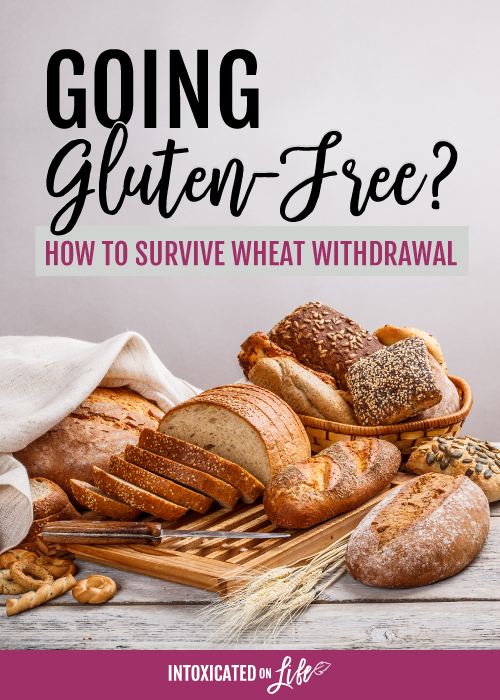
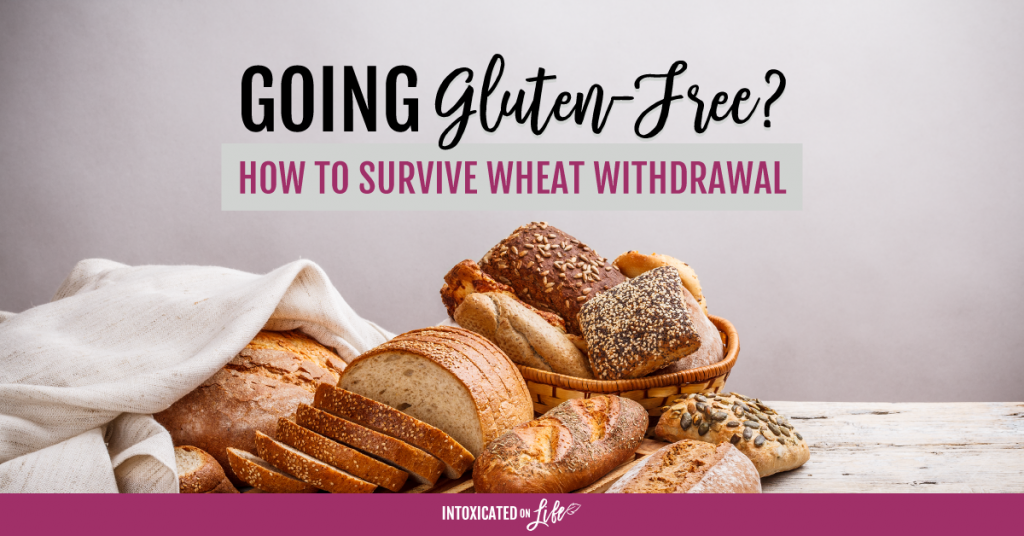

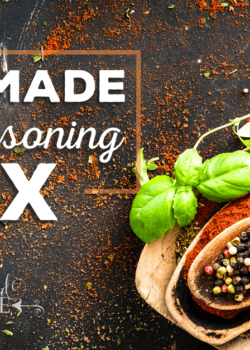
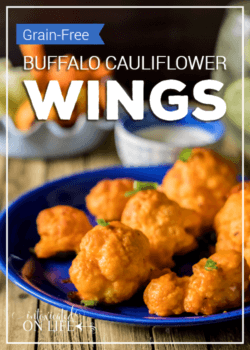
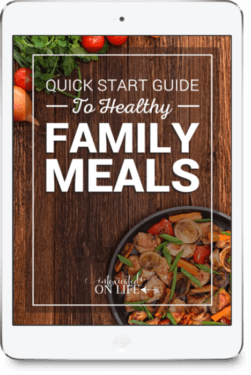
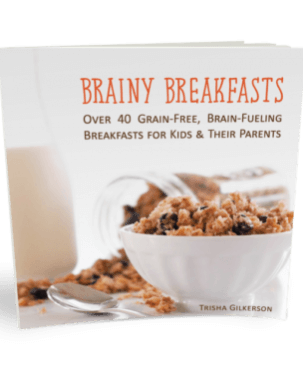
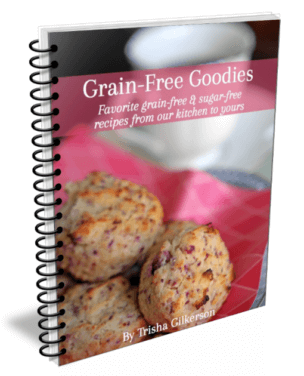
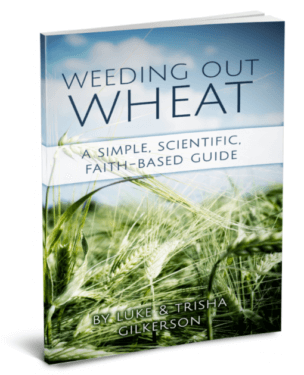
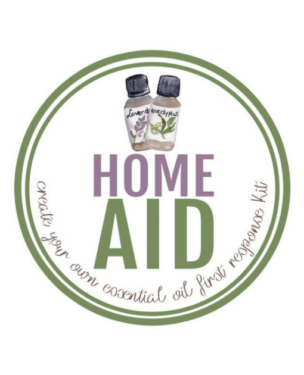

Pinning and sharing on Facebook!
Thanks for helping share the post!
Thank you for a very helpful and insightful post!
You’re very welcome 🙂